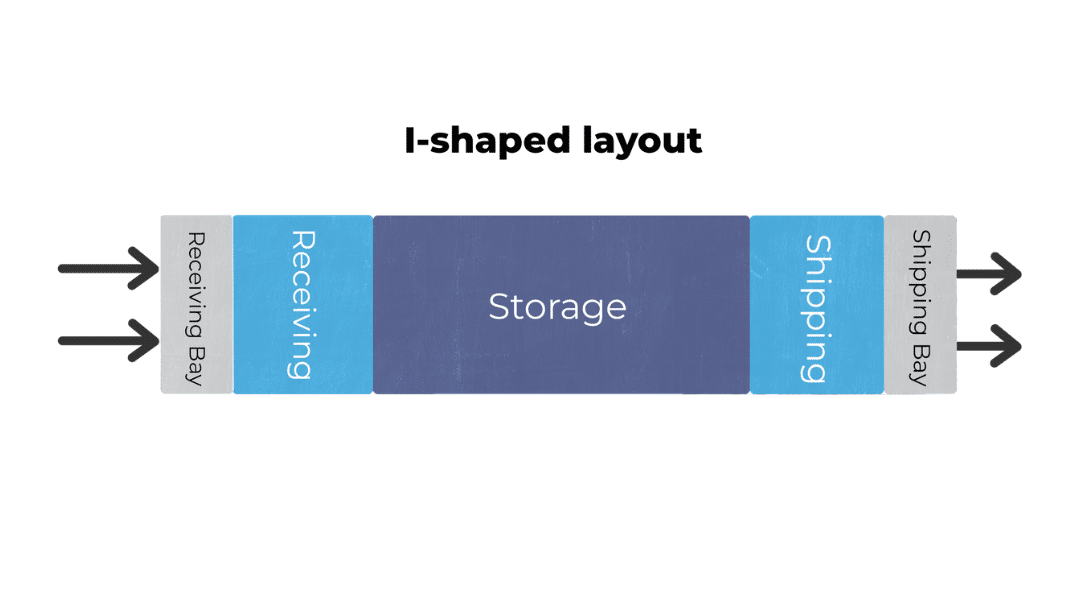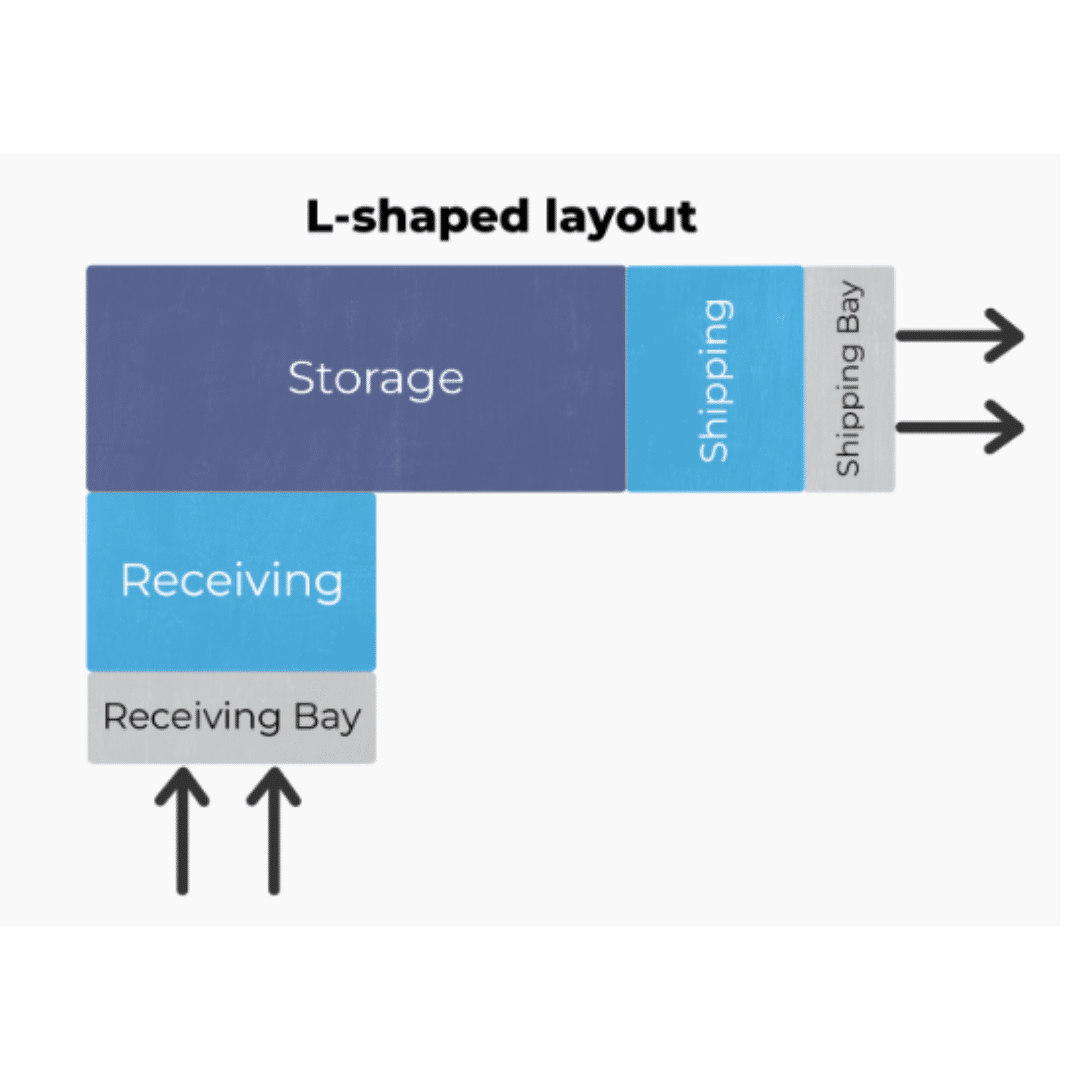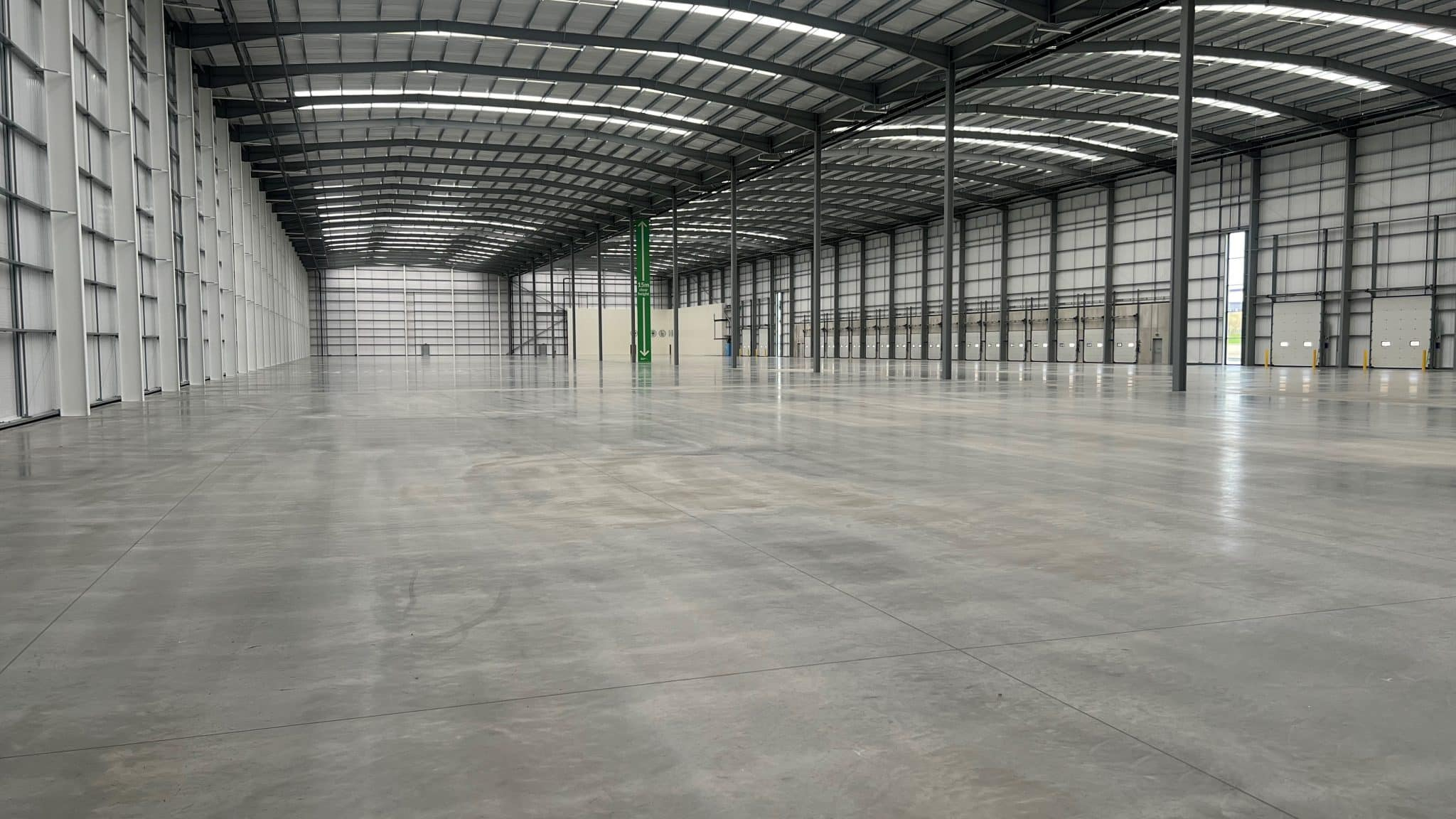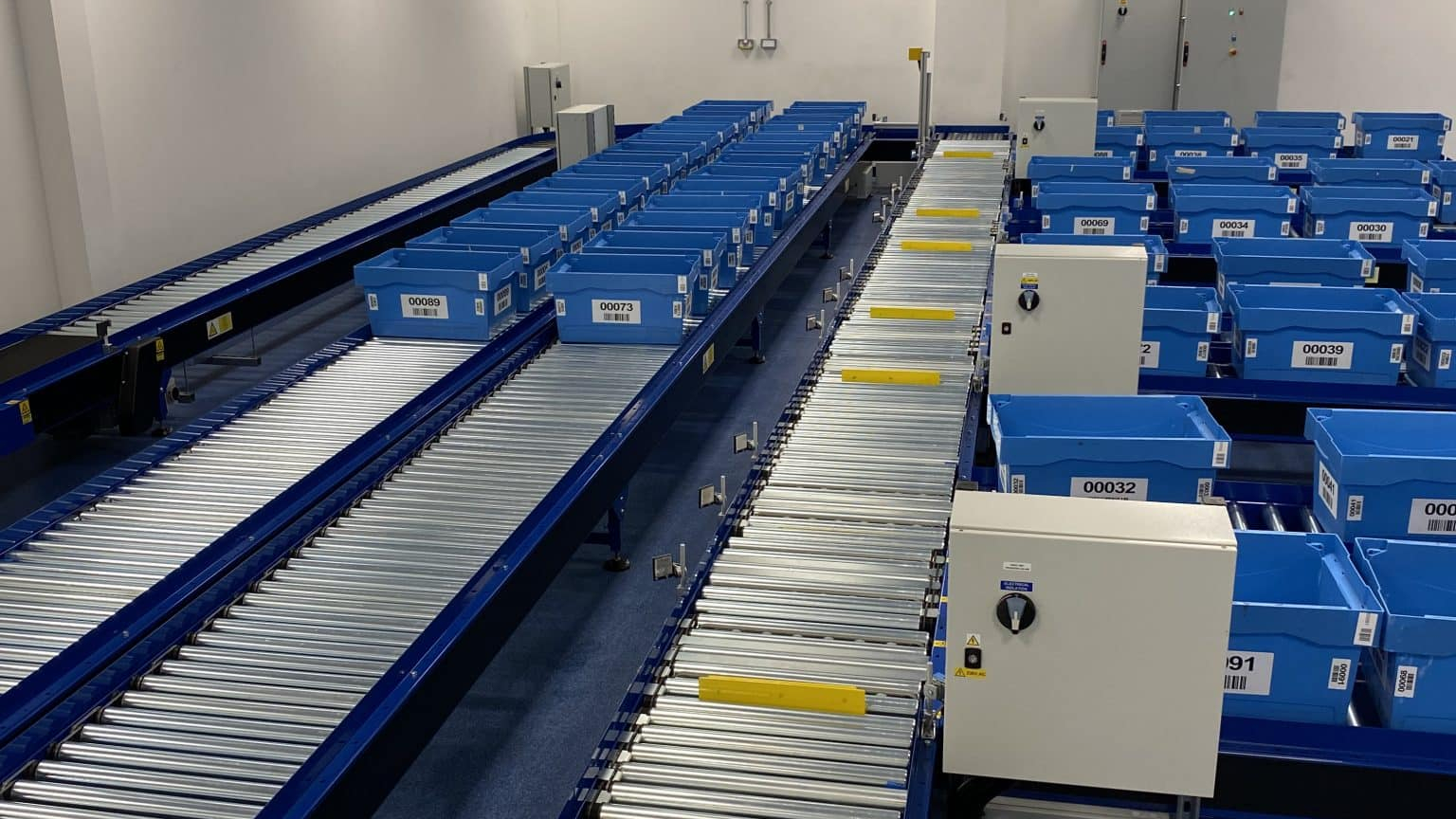When it comes to modern logistics, warehouse storage design plays a critical role in reducing operational costs, improving efficiency, and enhancing worker safety. Without a strategic layout, your warehouse could be bleeding time, money, and productivity.
In this guide, we’ll walk you through the essentials of designing a warehouse storage system that supports your business objectives today and prepares you for future growth.
Why warehouse storage design is crucial
Designing a warehouse is more than placing racking in a warehouse, it’s about optimising every inch of space to streamline flow, improve picking times, reduce bottlenecks, and scale with your business. New technologies like AI, automation, and sustainable building practices are transforming how smart businesses approach warehouse layout planning.
Is your current warehouse layout working?
Run through this quick checklist to evaluate your current warehouse storage design:
-
Are fast-moving products closest to packing and shipping areas?
-
Do you have clear zones for receiving, storage, picking, and shipping?
-
Are aisles wide enough for equipment and foot traffic?
-
Can your storage adjust to seasonal inventory changes?
-
Are you fully using vertical and horizontal space?
-
Are top-selling SKUs easy to reach?
-
Are you using WMS or barcode scanners for inventory control?
Warehouse Layout Options
U Shape Layout
The most common layout type, where receiving and shipping are placed at the front corners, forming a “U.” Storage occupies the back, and goods flow in a loop. It’s simple but can cause congestion if not managed well.

Striaght Line Shape Layout
Receiving is at one end, shipping at the other, and storage runs down the center. This straight-line layout supports high-throughput environments, such as distribution centers and assembly lines.

L-Shape Layout
Receiving is at one end, shipping at the other, and storage runs down the center. This straight-line layout supports high-throughput environments, such as distribution centers and assembly lines.


Common warehouse design mistakes to avoid
Mistake 1: Copying a Generic Layout
A layout that works for one business might fail in another. Your warehouse storage design should align with your specific operational goals, both short- and long-term. Revisit your business roadmap and make sure your layout supports your inventory flow, employee efficiency, and expected growth.
Mistake 2: Inadequate Inventory Strategy
Choosing the wrong inventory classification method affects everything from safety stock to reorder frequency. Set realistic service level goals and calculate inventory holding costs to find the right balance.
Mistake 3: Isolated Warehouse Operations
Picking, packing, shipping, and receiving need to function as one unified system. Failure to sync these operations leads to delays, safety issues, and lost productivity.
Picking, packing, shipping, and receiving need to function as one unified system. Failure to sync these operations leads to delays, safety issues, and lost productivity.
Mistake 4: Wasting Valuable Space
Every cubic foot counts. A smart warehouse storage design leverages vertical space, rethinks underused zones, and allocates space for value-added services like kitting or quality control.

New trends in warehouse storage
AI powered warehousing
Emerging technologies like Computer Vision, Generative AI, and predictive analytics are changing how warehouses operate. Use AI to track inventory in real-time, optimize routes, and reduce human error.
Sustainability in warehouse design
Green building practices are becoming standard. Consider:
-
Solar panels and LED lighting
-
Skylights for natural light
-
Smart climate controls and HVAC systems
-
Recycled or eco-friendly construction materials
- Used pallet racking
Get Expert Help with Your Warehouse Storage Design
Still have questions? The experts at Stamina Storage Systems are ready to help you design a layout that fits your business goals. Contact us today for a free consultation—and let’s build a safer, smarter, and more profitable warehouse together.
